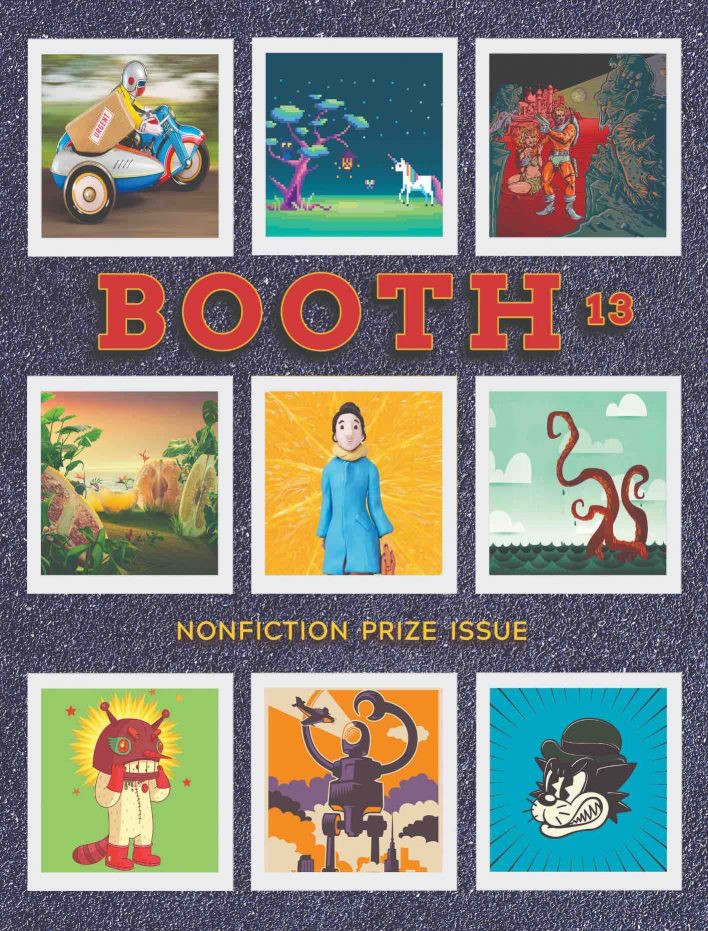At midnight, the Last-Ones photographer sets up his camera at the edge of the lake. The thermometer has dipped below thirty-two degrees, and we’re breathing clouds into the darkness. I position the glass lamplights, still turned off, next to him. He shifts the legs of the tripod; they’ve made only faint indents in the dirt, the ground cold and stiff enough to give him hope.
We’ve come north on the coldest night of the year, following rumors of naturally occurring ice. Above us, the Northern Lights, ghostly ribbons of green, weave through the night sky.
The Last-Ones photographer is mostly known for his animal portraits. The western black rhinoceros, the Formosan clouded leopard, its amber eyes like marbles staring right into the lens. His most famous is a polar bear, asleep on a drifting ice floe. Altogether he’s photographed fifty-six species before they died out on this furnace of a planet.
Now ice is nearly as elusive. It may already be gone, the stories that led us here tonight nothing more than a hopeful memory.
Before our trip, I opened my freezer and cracked the ice cubes out of their plastic trays, placed them in my palm, and studied them. The tiny, trapped orbs of air inside, the clouded center fading to transparency at the edges.
If you hold ice too long, the cold burns into your palm as it melts, and you wonder if all these years without a winter have made your skin forget the difference between something frozen and something on fire.
We wait another hour, and finally, at the edge of the water, something like fog covers the surface. Only inches across, and thin as celluloid.
His shutter snaps, but the photographer frowns and gestures for the lamplight. I flick a switch and squint against the brilliance as the surface of the water throws the light back at me.
In seconds, the ice is gone. I touch the glass lamp, barely warm.
I drag the light away, farther and farther. Twice, the ice forms and then vanishes in the heat of our lamps, until the Last-Ones photographer knows it’s useless and caps his lens. I abandon the glass lamps and walk to the edge of the water.
Crouching down, we watch the ice recreate itself. Our eyes re-adjust to the blue-green glow of the sky, and I try to memorize this image, the only natural ice I’ve ever seen. Thin and filmy and only a trace of solidity. Faint striations like etchings inch slowly across the ice, like something straining. I’ve seen films of people skating on lakes like this, their silver blades carving long, sweeping lines in the surface while the ice holds the whole weight of their bodies, somehow able to withstand our impact.
It’s only minutes before the wind brushes the surface of the lake. The smallest of ripples move toward us, and we watch them wash over this tiny gloss of ice, this perfect, delicate memory of winter, and coax it back into liquid.



